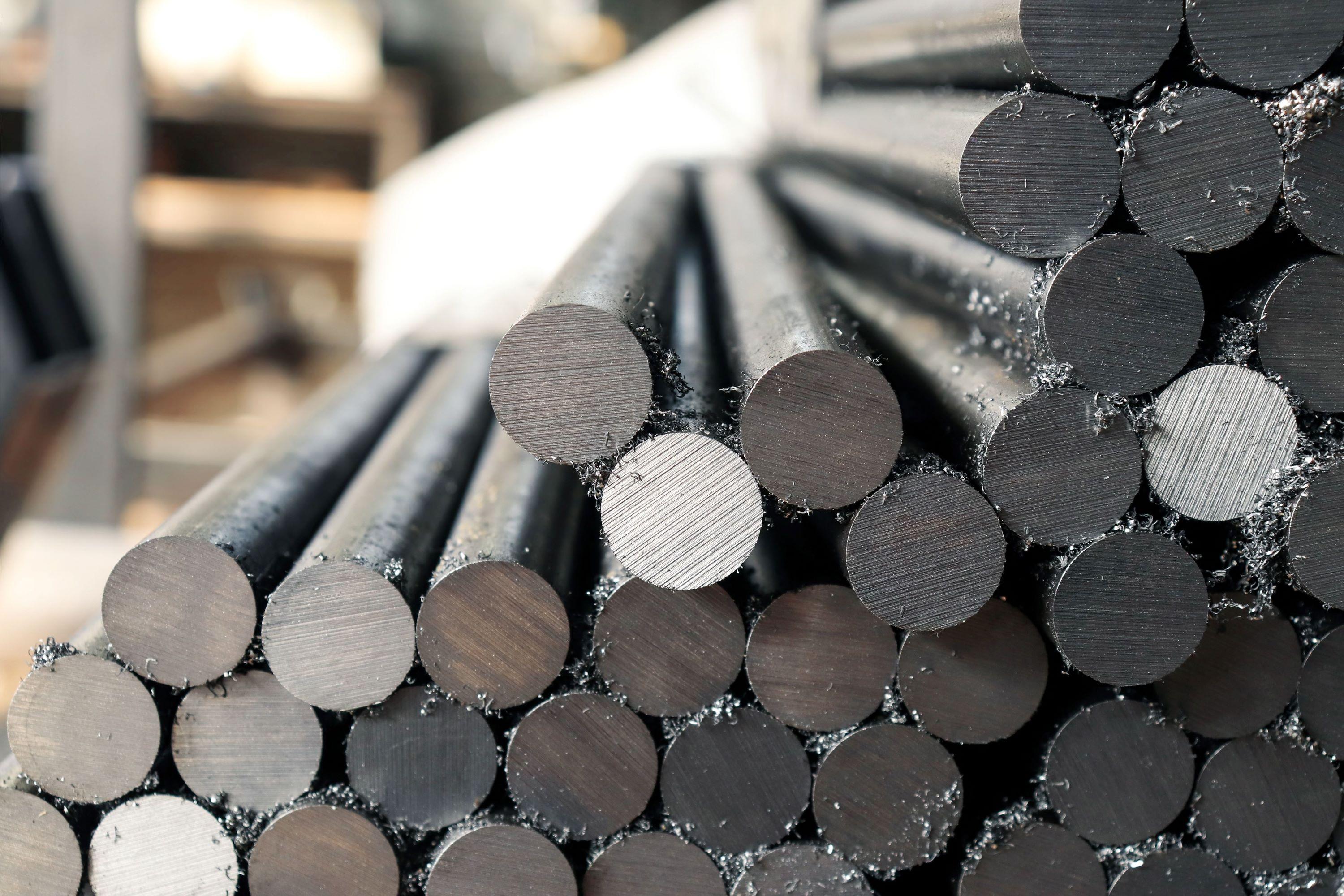Green Steel: How one of the world’s most emission intensive industry plans to decarbonize
Published on 07 Jun, 2022

Steel is the backbone of societies, buildings, equipment and infrastructure across the globe. It is used in the manufacturing of a range of products, from cars and machines to construction materials for our offices and homes, thereby forming a critical element of contemporary life. However, the innumerable benefits come at a cost as the steel industry is one of the leading contributors to carbon emissions globally. With the steel industry's future at the forefront of climate change discussions, we are in a race against time to clean one of the world's most carbon-intensive industries. As the efforts to meet climate change goals speed up, can innovative technologies enabling the transition towards green steel be the answer to the challenges posed by traditional steelmaking?
Traditional steelmaking, which accounts for approximately 61% of the world's steel production, utilizes coking coal as a fuel and reducing agent in carbon-intensive blast furnaces to produce steel. Steelmaking is one of the most polluting processes globally. It releases 1.5–3 tons of carbon dioxide per ton of steel, accounting for 8–9% of global carbon emissions. To put this into perspective, steelmaking releases more carbon than all cars and airplanes combined. This puts massive pressure on the global efforts to tackle climate change.
The silver lining is that steel is 100% recyclable, making it one of the most sustainable materials in the world. Recycling steel is the apparent strategy to decarbonize the steel industry. However, recycled steel scrap available currently cannot satisfy the growing demand for steel globally, mainly due to issues related to quality and sorting, and contamination. The primary raw material used in the manufacture of steel is iron ore. Globally, only 32% of recycled scrap is used as an input in steelmaking, despite improvements in recycling technology. Thus, new technologies and innovations are the need of the hour to tackle one of the world's largest concerns. One such innovation that has caught the eye of governments and prominent steelmakers worldwide is green steel.
What Is Green Steel?
Green steel is also known as “carbon-free” steel as it is produced without using coking coal as an input. Currently, using hydrogen as an input instead of coking coal is one of the more advanced options for making green steel. The most notable aspect is that hydrogen can be produced using renewable energy sources such as solar and wind. Furthermore, as hydrogen is used as an input, clean by-products such as water, rather than carbon dioxide, are produced. The manufacture of green steel is essentially carbon-free as it produces less than 0.1 ton of carbon dioxide per ton of steel.
Benefits
Green steel has the potential to disrupt the steel industry and drive an industry-wide transformation. It significantly reduces emissions and can utilize a constant source of renewable energy. Moreover, green steel does not affect the quality of end products. Thus, green steel has the potential to replace traditional steel across applications. Green steel provides steelmakers with the ultimate competitive advantage as governments and customers around the globe are becoming exceedingly environment-conscious. The emission reduction potential of green steel can also aid the global efforts to meet Net Zero Emissions by 2050.
Challenges
Currently, the cost of production of green steel is higher than that of traditional steel, mainly due to high investment and electricity costs. Acquiring cheap labor, finance, and advanced technology is crucial to reducing the production cost and accelerating commercialization of green steel. Also, in the absence of cheap, carbon-free power, giant strides are required to make the technology commercially viable. The technology is relatively nascent – full-scale commercialization is expected to start only in 2026. Thus, there is still a lack of full-scale policy commitments.
Conclusion
Green steel can be a game changer for the steel industry. The industry is just one investment cycle away from deciding its fate. The next few years are crucial as some hard decisions will have to be made by steelmakers across the world to clean the industry. Green steel can be the steel industry's response to all the negative attention it has garnered in the recent past. The road ahead is bumpy but full of opportunities. Forward-looking companies and some of the world's largest steel producers have already started investing in this technology. Moreover, seven of the world's largest steel-producing countries have initiated at least one green steel project. Coordinated policies, investments in research and development, and harmonized international collaboration are required to drive the demand for this technology while meeting the decarbonization goals. It is evident that the technology has the potential to determine the future of our planet, but how quickly can we make it a reality remains to be seen.
